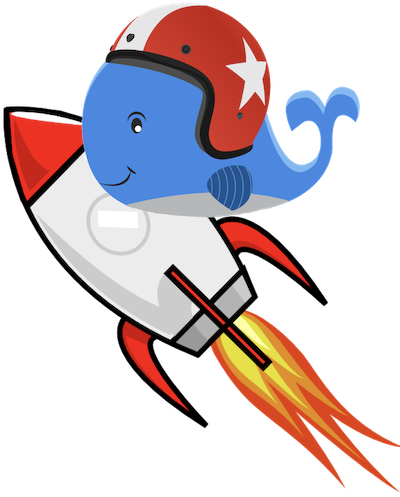

- #Docker install mac performance code#
- #Docker install mac performance password#
- #Docker install mac performance windows#

The container performance is not influenced at all, see performance
#Docker install mac performance windows#
Runs on Docker for Mac, Docker for Windows and Docker Toolbox.Support for OSX, Windows, Linux and FreeBSD.Made us pick the best of those for each platform, and combine this in one single tool: docker-sync Testing and working with a lot of the alternatives
#Docker install mac performance code#
You should now be able to create some interesting graphs and reports based on your installation.Since sharing your code into containers will slow down the code-execution about 60 times (depends on the solution). We have set up the Docker Daemon log its metrics, configured and launched a Prometheus stack to consume these metrics, and finally imported a Grafana dashboard as a starting point.

Click the drop-down and select prometheus and click Import Type the number 1229 in the Dashboard input area and click LoadĮverything should now be populated except for the last field that requires the data source. Input the following information into the Data Source:Ĭlick on the Grafana Logo in the upper right-hand corner, hover over Dashboards, and select import
#Docker install mac performance password#
Login to Grafana: username - admin password - foobarĪfter logging in you will be prompted with a green button to add a data source.

Open a browser tab with the following URL: `` Click `Àpply & Restart` and wait for Docker to come back online.ĥ. Add the following line of code below the `debug` statement: `metrics-addr" : "0.0.0.0:9323",`Ĥ. Inside the box of code, we will add an additional line to enable the metrics. Navigate to the `Daemon` menu and click `Advanced`ģ. Open Docker for Mac/Windows Preferences menuĢ.We will now enable Daemon metrics on our Docker for Mac/Windows formatted for Prometheus The following screenshots are from a Mac but the steps should work the same for Windows. Let's get started by configuring your installation. Monitoring the Docker for Mac/Windows Daemon Finally, it is a good practice to understand your environment and if it is impacting the performance of your workload or not. Second, in order to truly understand your environment, we need to dissect what is running and how it's running. For starters, I am sort of monitoring mad and monitor everything. Some may ask the Million Dollar $$ question as to why we would want to monitor our local installation. How cool is that? No longer do we need to guess about the performance of our development machines or test environments. Monitoring is now baked into Docker for Mac/Windows by default.


 0 kommentar(er)
0 kommentar(er)
